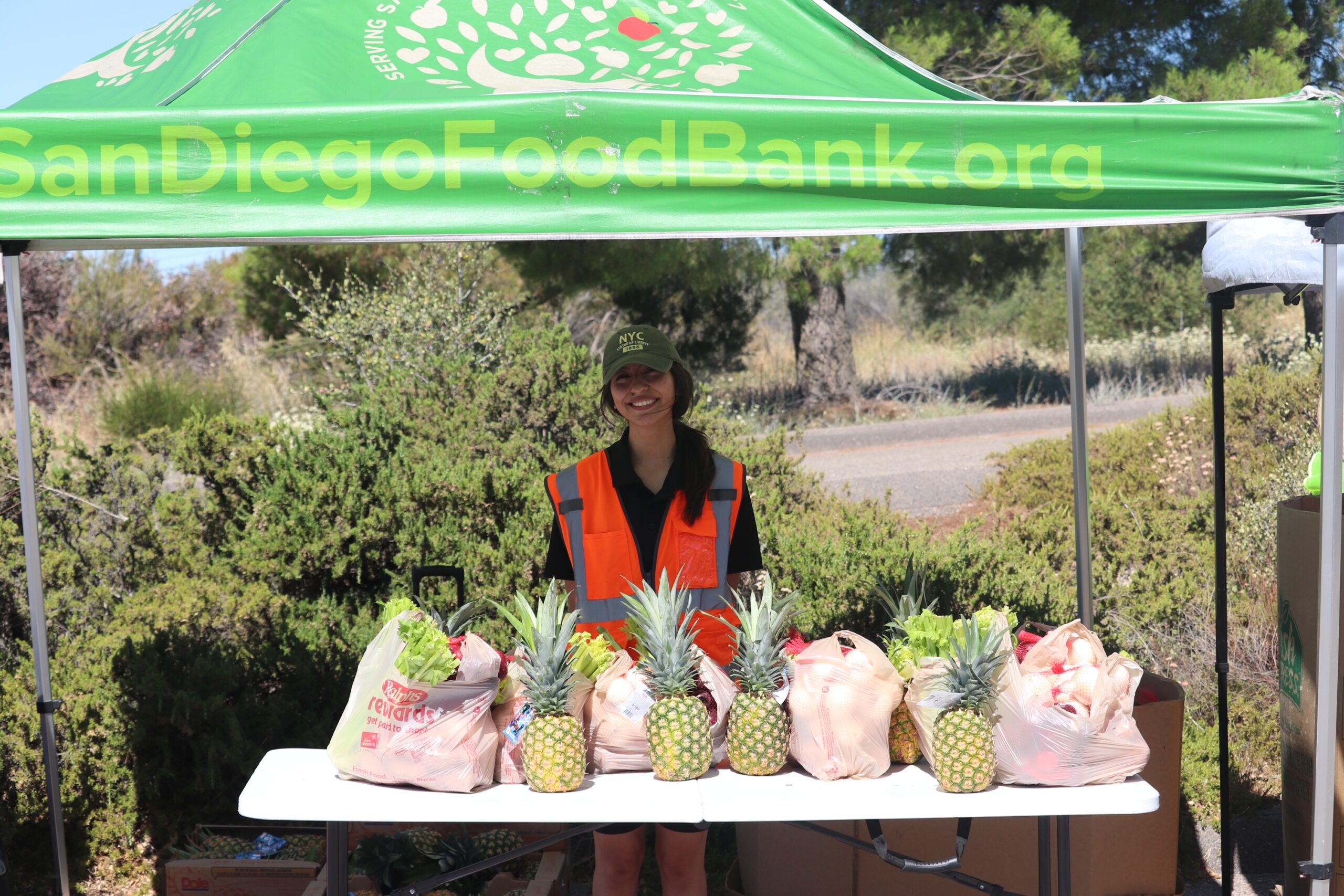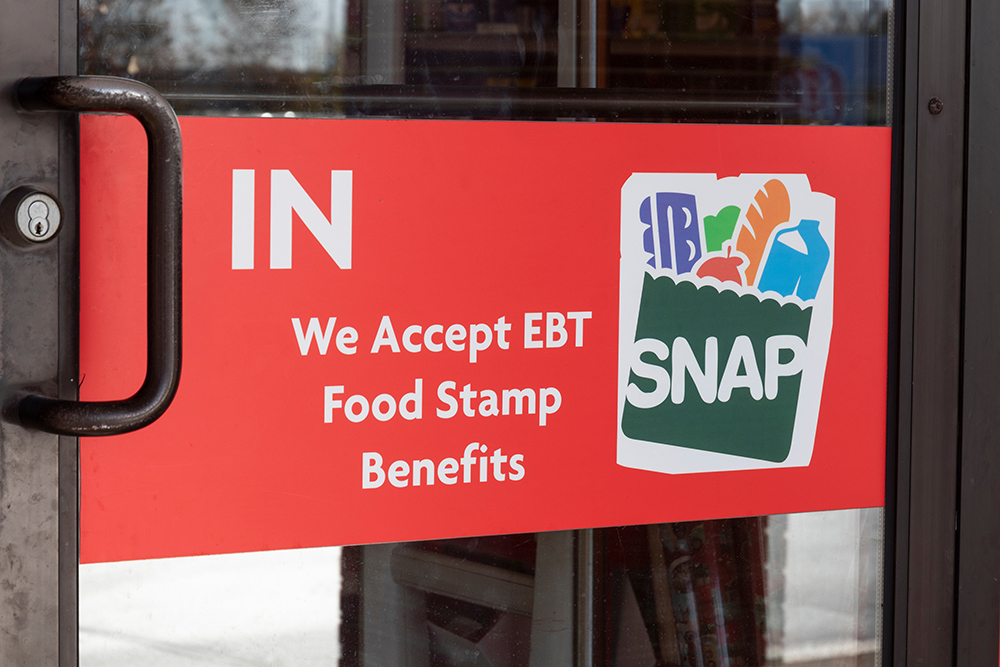by Paul Craig Roberts
A majority of the white ethnicities, such as the French Huguenots, the Irish, the Scots, and others, came to the original colonies to escape oppression and persecution. Some came as slaves. English debtors were sold into indentured servitude to cover their debts.
The notion of Woke white liberals that only blacks were enslaved is historical ignorance. There were more white slaves in history than black. Arab slave traders raided the coastal cities of Italy and France. Arabs captured Americans off of merchant ships, causing the Founding Fathers to send the US Marines to the shores of Tripoli. Why are only black descendants of former slaves entitled to reparations?
The white American liberals have concocted a fiction that only white Americans are responsible for slavery. The truth of the matter is that white Americans have no responsibility for slavery. Every black purchased as a member of an agricultural work force in America was enslaved long before arriving in the British colonies of North America which became later the United States. They were enslaved by the African slave wars between black tribes or kingdoms, among which the black king of Dahomey was supreme.
Many of Dahomey’s captives were themselves warring for slaves and lost the battle.
Among the black contenders for slaves, slaves were a status symbol, but as time passed more slaves were accumulated than could be supported by their captors. The surplus was sold, thus beginning the slave trade. Initially they were sold to Arabs, then to the European powers who had colonies in the New World where there were resources but no labor force. Every black slave who ended up in what became later the United States and for its short existence the Confederate States of America could have been kept in Africa as a slave or sold to Arabs as a slave. Where was the enslaved black most well off?
Obviously, in America amidst white people who have assumed all the guilt for the slave wars of the Black King of Dahomey. White people have accepted indoctrination that they are guilty of enslaving blacks and have obligation to pay reparations to “survivors” of black slavery. The reparations task force formed by the Woke white governor of California figures blacks in California, which became a state in 1850 and whose Constitution forbade slavery, are owed $1 million dollars each on the slender grounds that an unknown ancestor might have been a slave 157 or more years ago. As the Hispanic and Asian population of California constitute a majority of the state’s population, and as they are not descendants of white slave owners (none of whom ever lived in California) targeted by the governor’s reparations task force, will they have to pay it?
The stupidity of white Americans boggles the mind. Maybe their replacement by Hispanics pouring across the southern border is a good thing. Maybe the genocide planed for white gentiles by Bill Gates and Klaus Schwab with the complicity of the FDA and US media is a good thing. Certainly, the dumbest people who have ever lived are white American liberals.
Have you ever thought about the American white liberal’s position? They have bought into “white guilt” and the belief that white ethnicities are racist even if they don’t intend to be and are responsible for oppressing blacks and preventing their success. Therefore America has preferential treatment for blacks, special rights, that discriminate against whites, especially white heterosexual males.
Yet the same white liberals claim that 360,222 Northern white racists died killing 258,000 Southern white racists for the sole reason of emancipating blacks from slavery.
So how do we reconcile 618,222 dead white people killed in order to free blacks when whites, all whites, even white liberals, are racists? The white deaths allegedly spent eliminating black slavery are 202,823 more deaths than Americans suffered during World War II when America fought both Japan and Germany. (I don’t believe what is called the Civil War was a civil war or that it was about slavery. Articles on my website make this clear.)
The picture drawn of white racists killing white racists in order to liberate blacks makes no sense. If white Americans were really sacrificing their lives for blacks’ freedom, then how can whites be racists?
The ability of the American liberal to hold mutual incompatibles as truths illustrates the extremely limited intelligence and reasoning ability of this species of humanity.
This limited intelligence species–white liberals– is what controls the United States, or perhaps more accurately serves as a cloak for those who do control us. In other words, they are twice stupid.
Yet insouciant Americans still vote for them.
Consider other parts of the inconsistent liberal agenda. Liberals are all for diversity and multiculturalism. Yet they teach blacks to hate white people, and liberal feminists teach women that men are their enemy. Simultaneously, white culture is disparaged as imperialist exploitation. How does unity materialize out of Identity Politics? How are white people included in “diversity” when they are demonized and their culture disparaged?
It seems that far from diversity and multiculturalism white people are excluded. The United States are disunited. Will the liberals will try to put Humpty Dumpty back together by federal force as they did once before?
(Paul Craig Roberts is an American economist and author. He formerly held a sub-cabinet office in the United States federal government as well as teaching positions at several U.S. universities. He is a promoter of supply-side economics and an opponent of recent U.S. foreign policy. Wikipedia)












